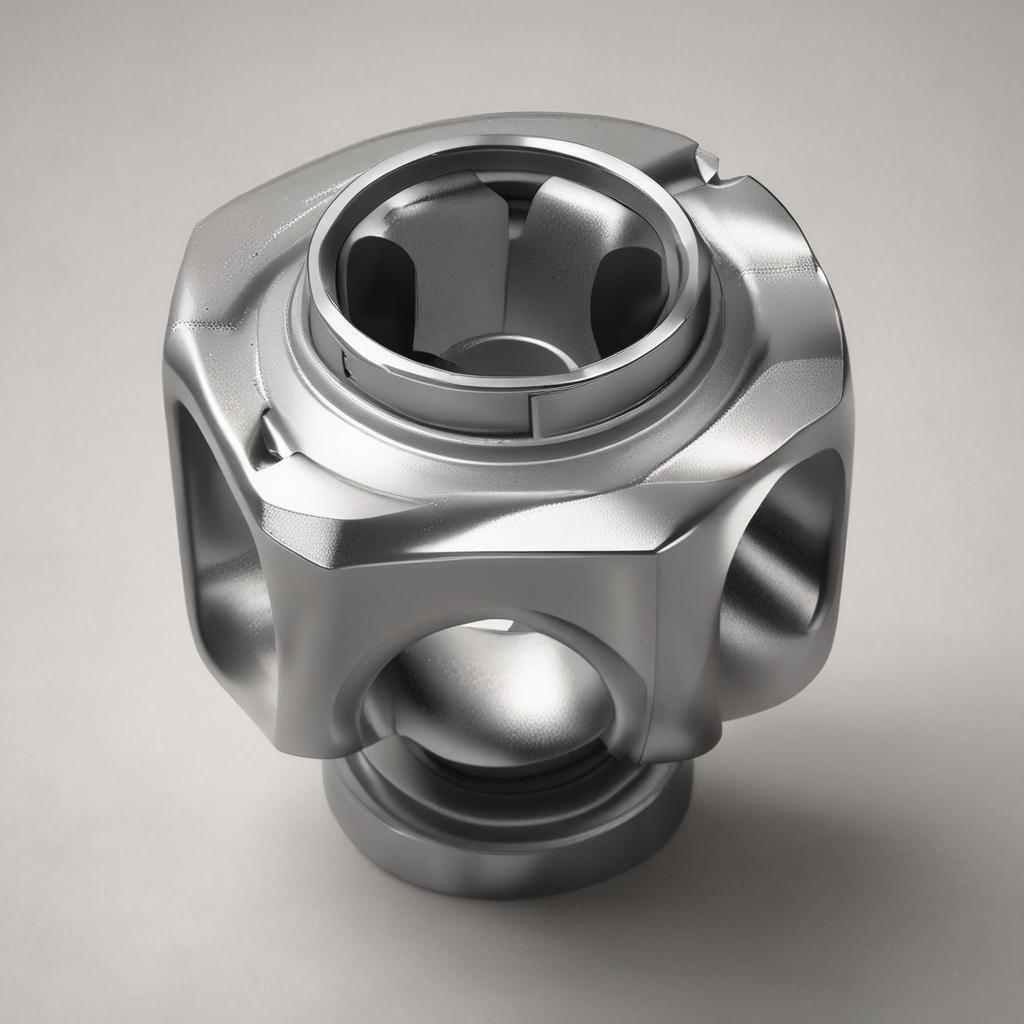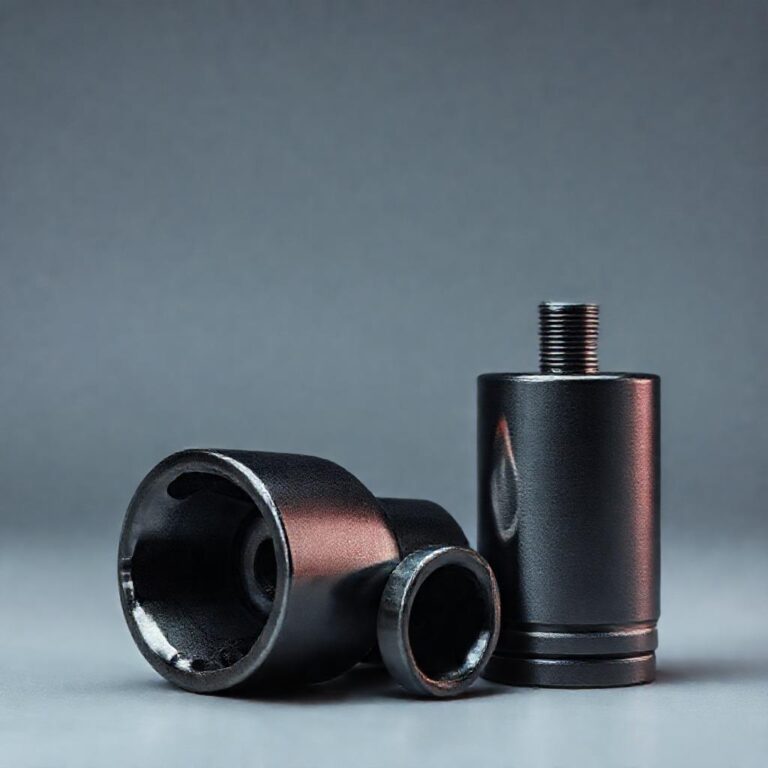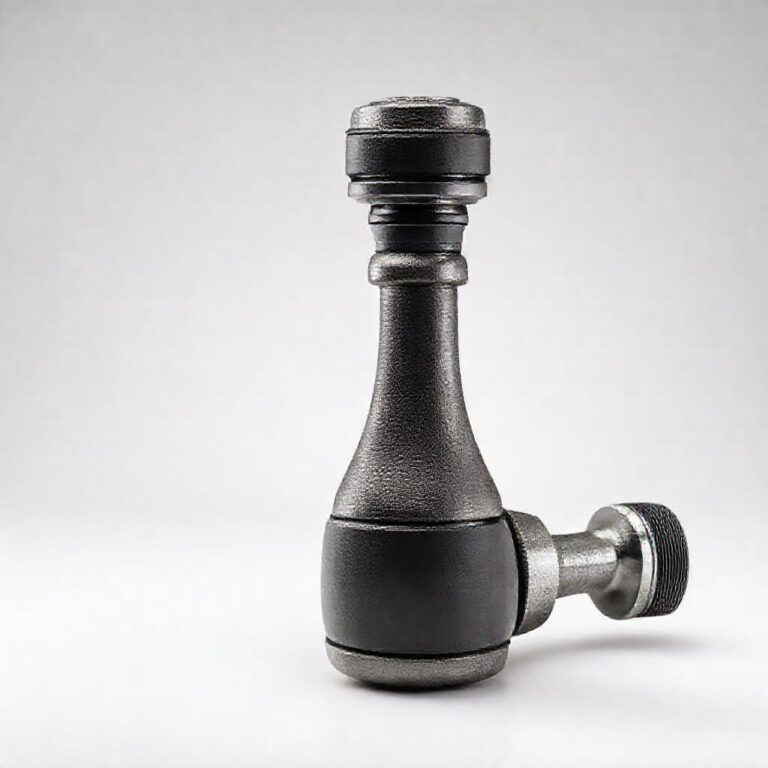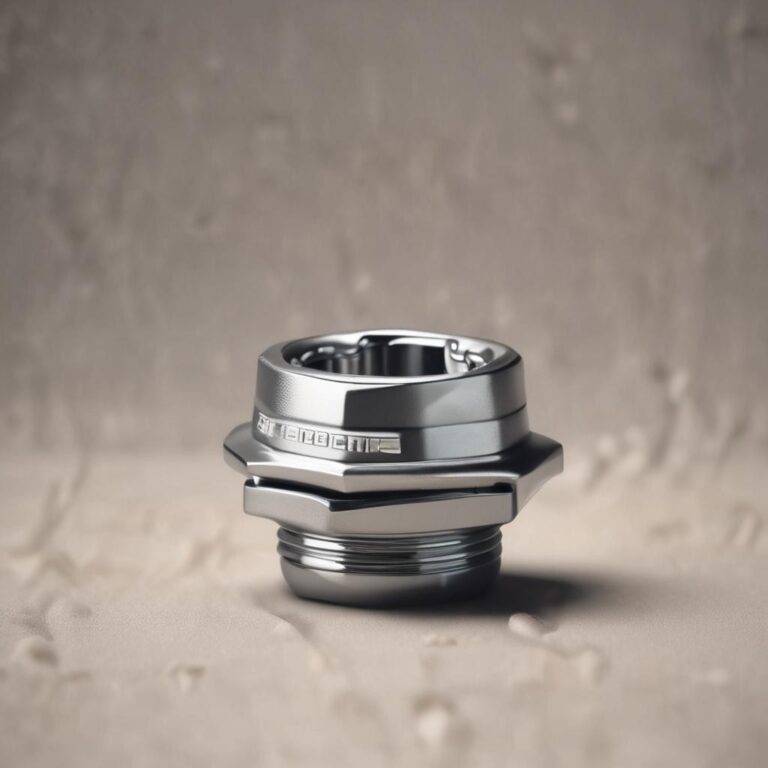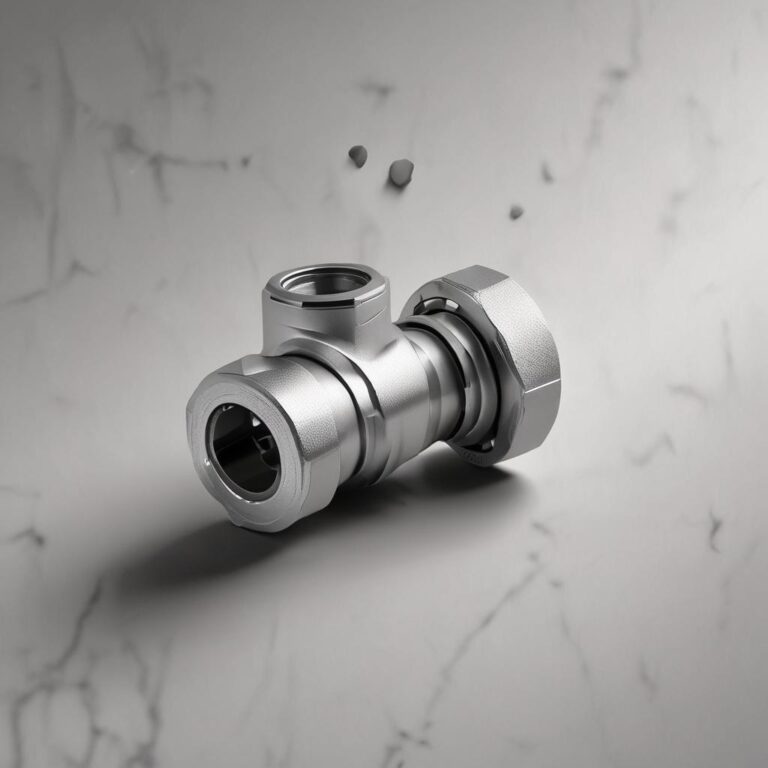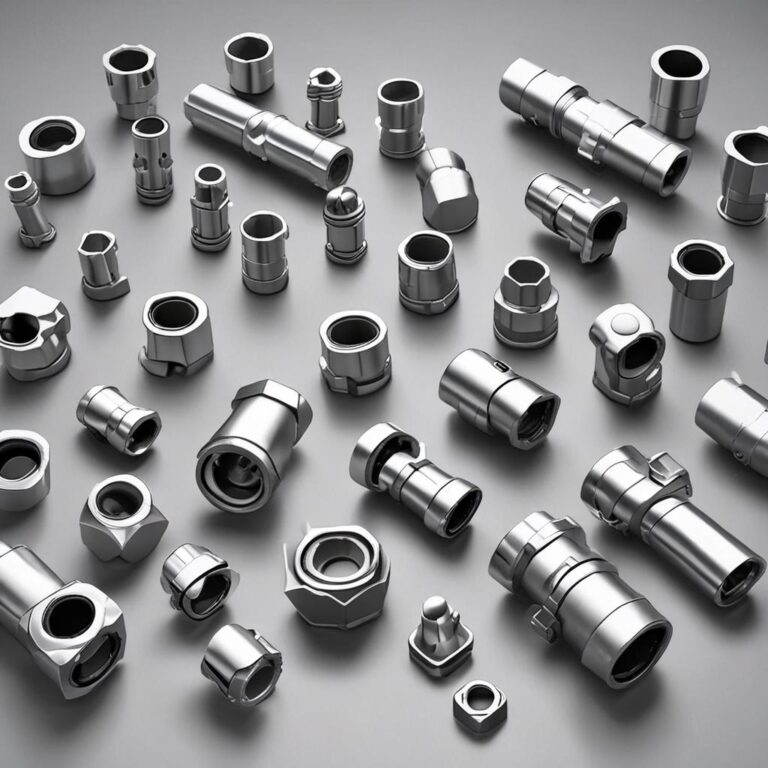Universal Joint Socket How to Use
When it comes to automotive repair and maintenance, reaching those hard-to-access fasteners can be a daunting task. This is where a universal joint socket, or U-joint socket, comes into play. Designed to reach fasteners at awkward angles, U-joint sockets are indispensable tools for DIYers, mechanics, and professionals alike. They offer improved accessibility, efficiency, and help prevent damage to both the fastener and the surrounding components. In this guide, we’ll explore what a U-joint socket is, when to use it, and how to use it effectively.
What is a Universal Joint Socket (U-Joint Socket)?
Defining the U-Joint Socket
A universal joint socket, or U-joint socket, is a specialized socket that features a swivel joint, allowing it to reach fasteners at various angles. The swivel joint provides a wide range of motion, typically up to 90 degrees, making it ideal for tight spaces and awkward angles. U-joint sockets come in common sizes such as 1/4″, 3/8″, and 1/2″ drive, ensuring compatibility with a variety of ratchets and impact wrenches.
Types of Universal Joint Sockets
Standard U-Joint Sockets: These are the most common type, suitable for general use with hand ratchets.
Impact U-Joint Sockets: Reinforced for use with impact wrenches, these sockets are built to withstand higher torque and more frequent use.
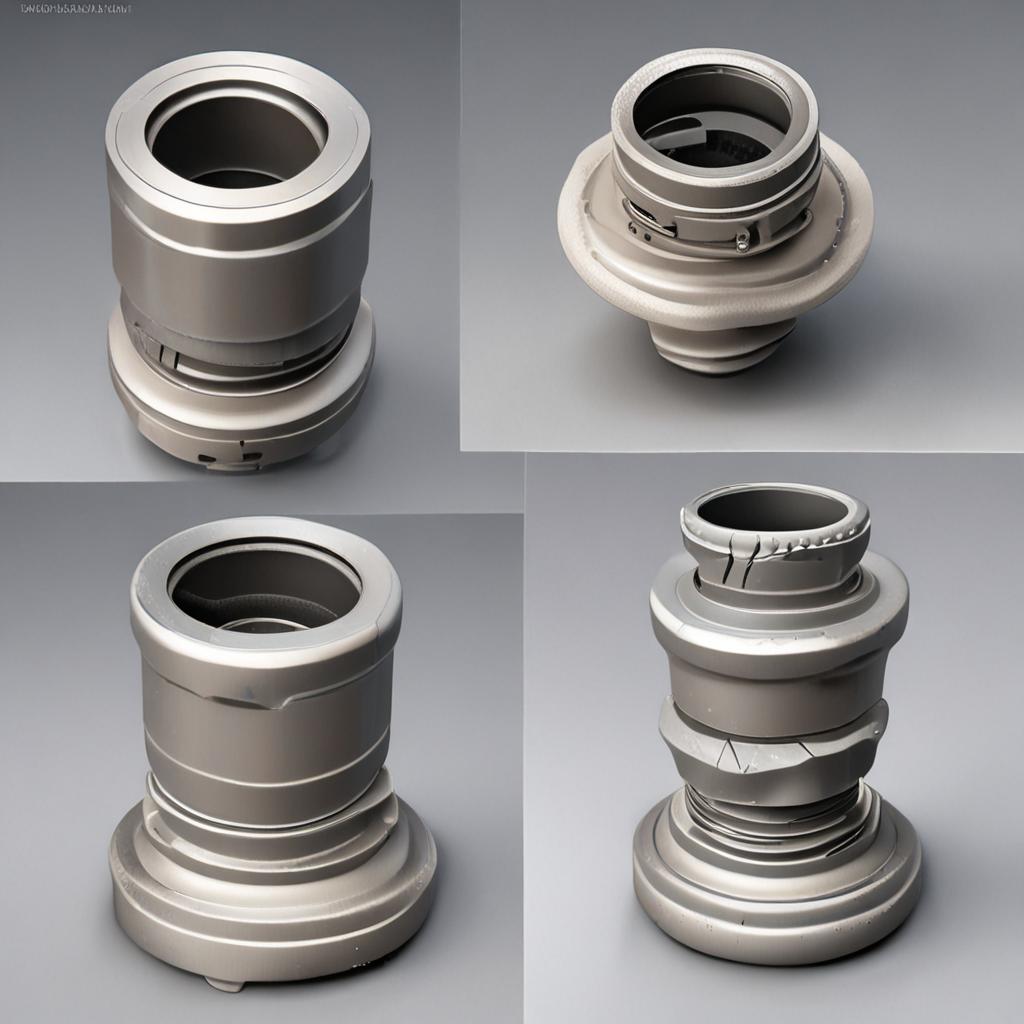
Swivel Sockets (versus U-Joint Sockets): While similar, swivel sockets have a more limited range of motion compared to U-joint sockets, making them less versatile but still useful in certain applications.
Materials and Durability
U-joint sockets are typically made from high-quality materials like chrome vanadium steel, which ensures durability and resistance to wear. Some sockets may also feature coatings or finishes, such as black oxide, to enhance corrosion resistance and improve longevity. Investing in a well-constructed U-joint socket can save you time and money in the long run.
When to Use a Universal Joint Socket
Identifying Tight Spaces and Awkward Angles
U-joint sockets are particularly useful in situations where traditional sockets cannot reach the fastener. Common examples include reaching bolts behind engines, around exhaust manifolds, and in tight engine bays. To determine if a U-joint socket is needed, visually assess the space and angle of the fastener. If a straight socket cannot easily access the fastener, a U-joint socket is likely the solution.
Automotive Applications
In automotive repair, U-joint sockets are essential for tasks such as spark plug replacement, oxygen sensor removal, and transmission work. These applications often require reaching fasteners in tight, hard-to-reach areas, making U-joint sockets invaluable.
Other Applications (Beyond Automotive)
Beyond automotive use, U-joint sockets are also useful in other industries such as plumbing and machinery repair. Any situation where fasteners are located in tight spaces or at awkward angles can benefit from the use of a U-joint socket.
How to Use a Universal Joint Socket: A Step-by-Step Guide
Gathering the Necessary Tools and Equipment
- U-joint socket
Preparing the Work Area
Before you begin, ensure you are wearing safety glasses and gloves to protect yourself. Make sure the work area is well-lit and accessible. If necessary, clean the fastener to ensure a better grip and prevent damage.
Connecting the U-Joint Socket to the Ratchet/Wrench
Securely attach the U-joint socket to the ratchet or impact wrench. If additional reach is needed, use an appropriate extension. Ensure the socket is firmly connected to prevent it from coming loose during use.
Key Features
Adjustable Angles
Supports 0°-45° angle adjustments
Available
High Torque Capacity
Handles up to 1000Nm torque
Available
Durable Materials
Made from high-grade steel
Available
Quick Connect/Disconnect
Easy installation and removal
Available
Corrosion Resistance
Coated for long-lasting use
Available
Feature overview for Universal Joint Socket How to Use
Positioning the Socket on the Fastener
Carefully position the U-joint socket onto the bolt or nut. Ensure a secure fit to prevent slippage, which can damage the fastener and the socket. Adjust the angle of the U-joint as needed to access the fastener.
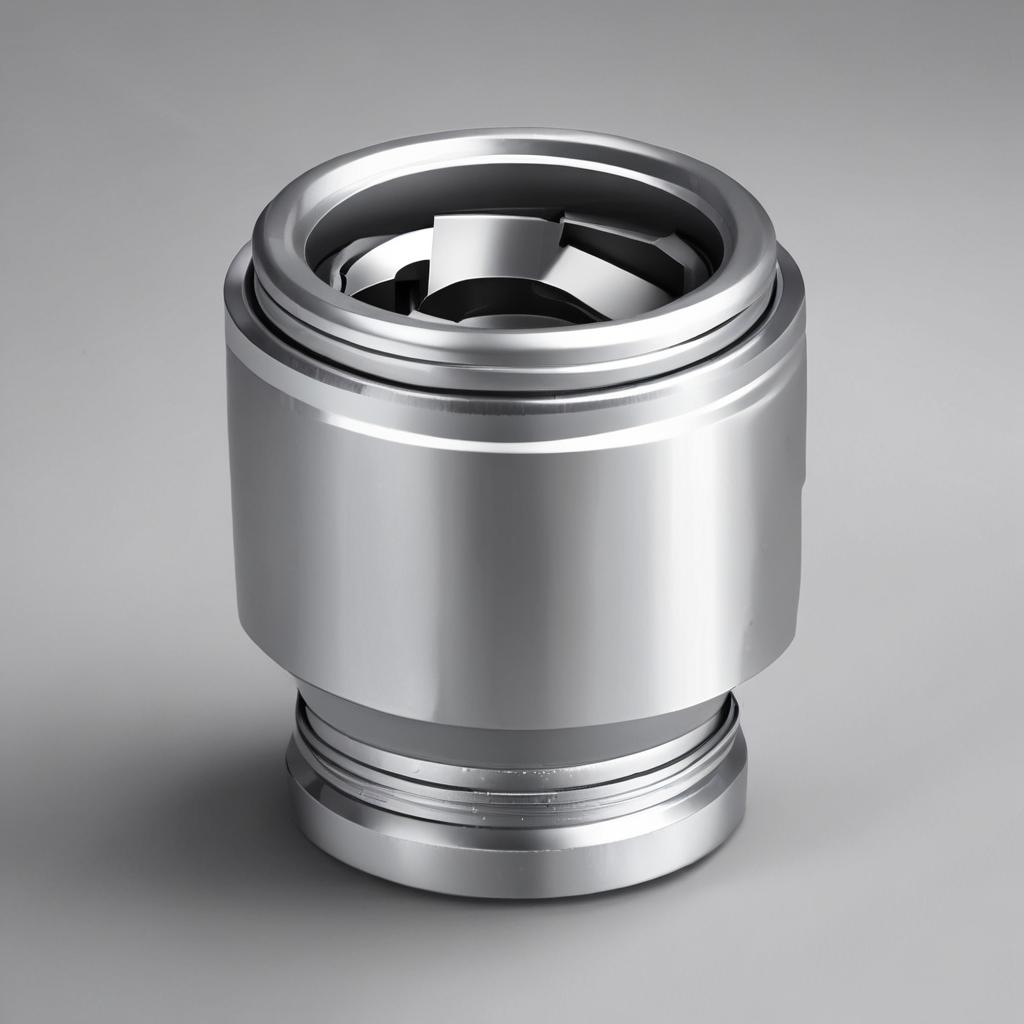
Applying Torque and Turning the Fastener
Apply smooth, consistent pressure to turn the fastener. If using an impact wrench, be cautious not to over-torque, especially on delicate components. Use the U-joint socket to loosen or tighten the fastener as required.
Removing the Socket and Fastener
After loosening or tightening the fastener, carefully remove the U-joint socket. Inspect the fastener for any signs of damage or wear. If the fastener is damaged, it may need to be replaced.
Tips for Using Universal Joint Sockets Effectively
Choosing the Right Size and Type
Using the correct size socket is crucial to prevent damage to the fastener. For high-torque applications, choose an impact-rated U-joint socket to ensure durability and safety.
Using Extensions for Added Reach
Extensions can provide additional reach, making it easier to access fasteners in tight spaces. Choose the appropriate length extension based on the depth and angle of the fastener.
Maintaining a Straight Angle When Possible
While U-joint sockets allow for angles, maintaining a straight angle as much as possible maximizes torque transfer and reduces the risk of slippage or damage. Extreme angles can lead to reduced efficiency and potential issues.
Avoiding Over-Torquing
Using the correct torque specifications is essential to prevent damage to threads or components. For critical fasteners, use a torque wrench to ensure precise tightening.
Inspecting and Maintaining Your U-Joint Sockets
Regularly inspect your U-joint sockets for wear and tear. Clean and lubricate the joint periodically to maintain smooth operation and extend the life of the socket. Replace any worn or damaged sockets to avoid potential issues.
Common Mistakes to Avoid When Using U-Joint Sockets
Using the Wrong Size Socket
Using the wrong size socket can strip the fastener, making it difficult or impossible to remove. Always verify the size before use.
Applying Excessive Force at Extreme Angles
Applying excessive force at extreme angles can cause the socket to slip or break, potentially damaging the fastener or the socket itself. Use moderate force and maintain a reasonable angle.
Over-Torquing Fasteners
Over-torquing can damage threads and components, leading to costly repairs. Follow the manufacturer’s torque specifications and use a torque wrench when necessary.
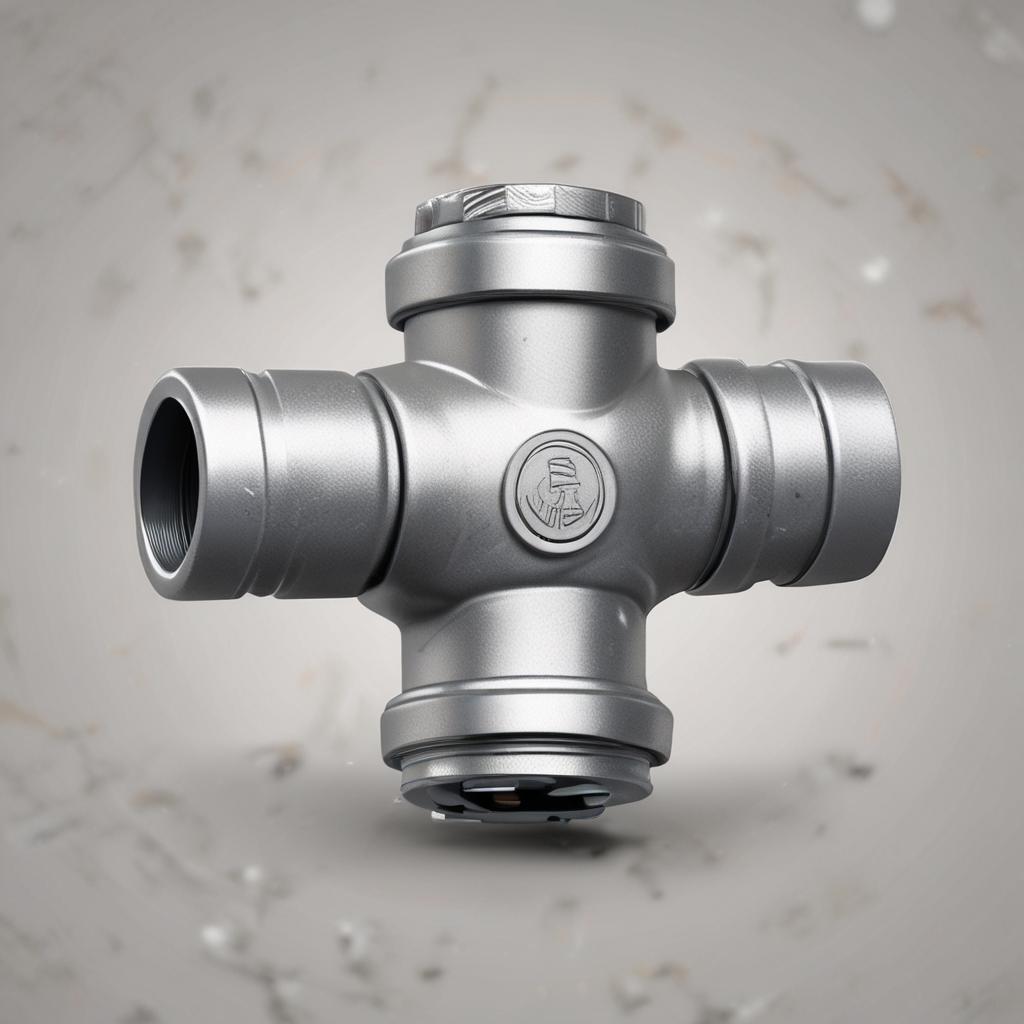
Neglecting Maintenance
Lack of maintenance can lead to premature failure of the U-joint socket. Regular cleaning and lubrication are essential to keep the socket in good working condition.
Troubleshooting Common Issues
Socket Slipping or Rounding Fasteners
Possible Causes: Using the wrong size socket, a worn socket, or an excessive angle.
Solutions: Use the correct size socket, replace any worn sockets, and reduce the angle when possible.
Difficulty Loosening or Tightening Fasteners
Possible Causes: Insufficient torque, corroded fasteners.
Solutions: Use a longer ratchet or impact wrench, and apply penetrating oil to corroded fasteners.
U-Joint Socket Binding or Sticking
Possible Causes: Lack of lubrication, debris in the joint.
Solutions: Clean and lubricate the joint to ensure smooth operation.
FAQ (Frequently Asked Questions)
What is the difference between a universal joint socket and a swivel socket?
While both types of sockets allow for angled use, a universal joint socket has a wider range of motion (up to 90 degrees) compared to a swivel socket, which has a more limited range.
Can I use a universal joint socket with an impact wrench?
Yes, but it is recommended to use an impact-rated U-joint socket for durability and safety, especially when dealing with high-torque applications.
How do I choose the right size universal joint socket?
Measure the fastener and consult the socket size chart to determine the correct size. Using the wrong size can lead to damage to the fastener and the socket.
How often should I lubricate my universal joint socket?
Lubricate the joint periodically, especially after heavy use or in dusty environments. Regular maintenance ensures smooth operation and extends the life of the socket.
What are the signs that my universal joint socket needs to be replaced?
Signs of wear include rounded edges, cracks, or excessive looseness in the joint. Replace any worn or damaged sockets to avoid potential issues.
Conclusion
Universal joint sockets are invaluable tools for reaching fasteners in tight spaces and at awkward angles. By understanding their construction, applications, and proper usage, you can perform tasks more efficiently and safely. Whether you’re a DIY enthusiast or a professional mechanic, mastering the use of U-joint sockets can significantly enhance your toolkit. Apply the knowledge you’ve gained to tackle your next project with confidence. If you have any questions or comments, feel free to leave them below.

